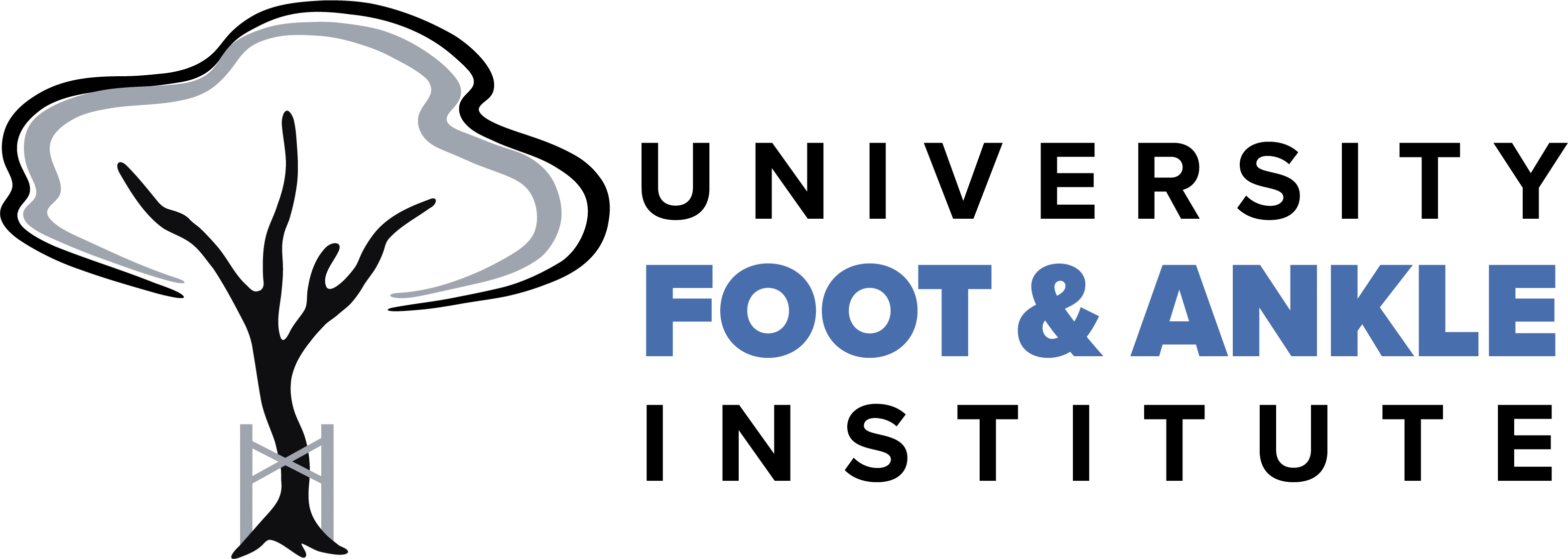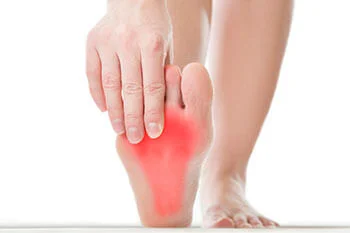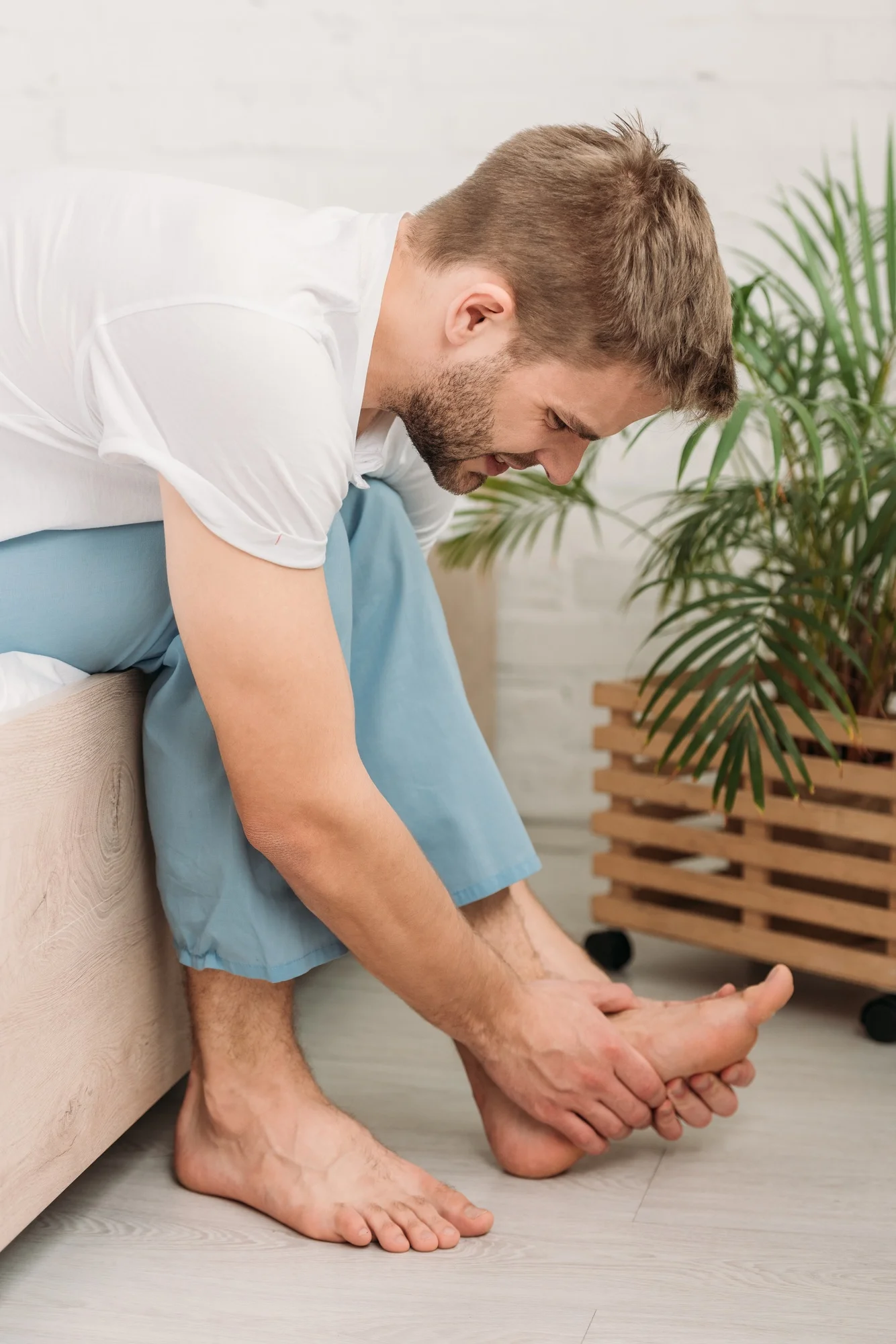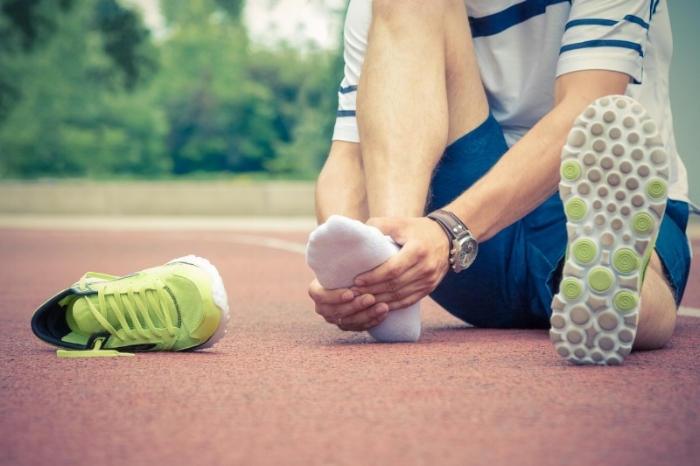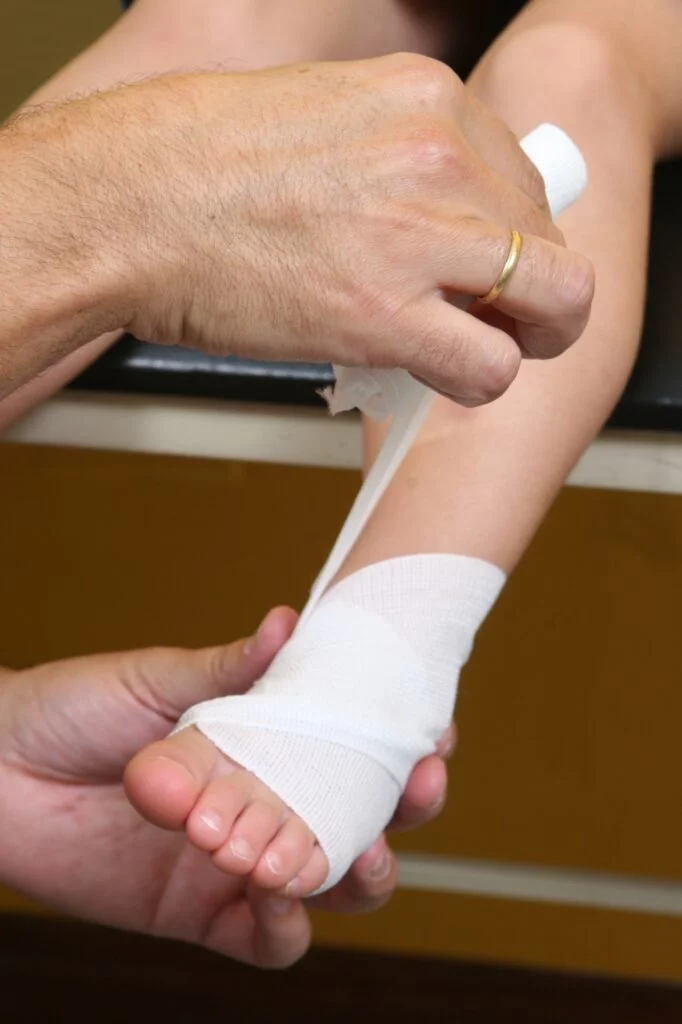Table of Contents
What Are Custom Orthotics?
Custom orthotics are foot supports fabricated specifically for your unique foot structure and gait. Unlike over-the-counter insoles, custom orthotics are:
- Made from a 3D scan or mold of your foot
- Designed to correct structural and functional abnormalities
- Durable and long-lasting (typically 2–3 years with regular use)
- Often covered by insurance with a podiatrist’s prescription
Custom orthotics are commonly used for pain relief, injury prevention, post-surgical support, and performance enhancement.
What Conditions Do Custom Orthotics Treat?
1. Plantar Fasciitis
Plantar fasciitis is the most common cause of heel pain. It occurs when the plantar fascia (a thick ligament on the bottom of your foot) becomes inflamed due to strain, usually from overpronation, standing for long hours, or improper footwear.
How Orthotics Help Plantar Fasciitis:
- Provide arch support to reduce fascia strain
- Distribute pressure away from the heel
- Cushion impact during walking or running
- Help reduce morning heel pain flare-ups
2. Flat Feet (Fallen Arches)
Flat feet can cause the feet to roll inward (overpronation), which may lead to pain in the feet, ankles, knees, hips, and lower back due to poor alignment.
How Orthotics Help Flat Feet:
- Restore arch height and foot posture
- Prevent overpronation
- Reduce pain and fatigue from standing or walking
- Improve balance and gait
3. Bunions
A bunion is a bony bump that forms at the base of the big toe joint. As the deformity progresses, it can cause pain, inflammation, and difficulty walking.
How Orthotics Help Bunions:
- Redistribute pressure away from the bunion site
- Support foot alignment to reduce stress on the joint
- Slow progression of the deformity
- Improve comfort in everyday shoes
4. Hammertoes
Hammertoes are toe deformities caused by muscle imbalance and structural instability. Over time, they can become rigid and painful, especially when rubbing against footwear.
How Orthotics Help Hammertoes:
- Alleviate pressure from the forefoot
- Correct abnormal toe posture early on
- Prevent worsening of the deformity
- Improve shoe comfort and wearability
5. High Arches
People with high arches often experience excessive pressure on the heel and ball of the foot. This condition may lead to instability, pain, development of bunions, or even increased risk of ankle sprains and/or metatarsalgia.
How Orthotics Help with High Arches:
- Provide shock absorption
- Redistribute weight across the entire foot
- Prevent overuse injuries and stress fractures
- Improve balance and posture
6. Achilles Tendonitis
Achilles tendonitis occurs when the Achilles tendon becomes inflamed due to overuse or biomechanical issues like poor foot alignment or repetitive impacts.
How Orthotics Help with Achilles tendonitis:
- Slight heel lift to reduce tendon strain
- Correct abnormal pronation or supination
- Prevent recurrence through improved gait mechanics
- Support healing while remaining active
7. Knee, Hip, and Lower Back Pain
Foot misalignment doesn’t just affect your feet. It can throw off your entire kinetic chain, leading to chronic pain in your knees, hips, or back — especially if you’re active or on your feet all day.
How Orthotics Help:
- Correct leg and foot alignment
- Improve gait mechanics
- Reduce joint stress and muscle fatigue
- Enhance posture and weight distribution
8. Post-Surgical Foot and Ankle Support
Following foot or ankle surgery, maintaining proper foot alignment is crucial for recovery and preventing recurrence. Conditions like bunions, flat feet, neuromas, and tendon repairs often require long-term biomechanical correction.
How Orthotics Help Post-Surgically:
- Support proper healing alignment after surgery
- Reduce stress on surgical sites
- Prevent recurrence or compensation injuries
- Ensure feet maintain corrected position long-term
- Help restore a natural walking pattern
Orthotics are especially beneficial after:
- Bunion Surgery
- Tendon repair surgeries
- Flatfoot reconstruction
- Neuroma excision
- Ankle stabilization procedures
Your UFAI surgeon will evaluate your healing process and gait, then prescribe custom orthotics as needed to support full recovery.
9. Pediatric Foot Conditions
Custom orthotics aren’t just for adults. Children may develop gait issues or alignment problems that require early intervention.
Common Pediatric Uses:
- Flat feet
- Toe walking
- Knock knees
- Leg length discrepancies
- Sever’s disease (pain at the growth plate that manifests as heel pain in growing children)
Early use of orthotics can help guide development, prevent pain, and reduce the need for surgical correction later in life.
Why Choose University Foot & Ankle Institute for Custom Orthotics?
At UFAI, we use state-of-the-art technology and decades of experience to create highly effective, truly customized orthotic solutions. Here’s what sets us apart:
- 3D digital scanning and pressure mapping
- Custom molding from precise foot data
- Board-certified podiatrists and foot surgeons on staff
- In-office gait analysis to optimize your orthotic fit
- Post-fitting adjustments to ensure ongoing comfort and performance
Unlike retail stores or online sellers, our orthotics are part of a comprehensive treatment plan that addresses the root cause of your pain, not just the symptoms.
Frequently Asked Questions About Custom Orthotics
Most custom orthotics last 2–3 years depending on your activity level and how often you wear them. Regular reevaluation is recommended to ensure optimal support.
Over-the-counter insoles offer generic support. Custom orthotics are precision medical devices crafted for your unique foot shape, condition, and biomechanics.
After your evaluation and foot scanning, it typically takes 2–3 weeks for your custom orthotics to be fabricated and fitted.
